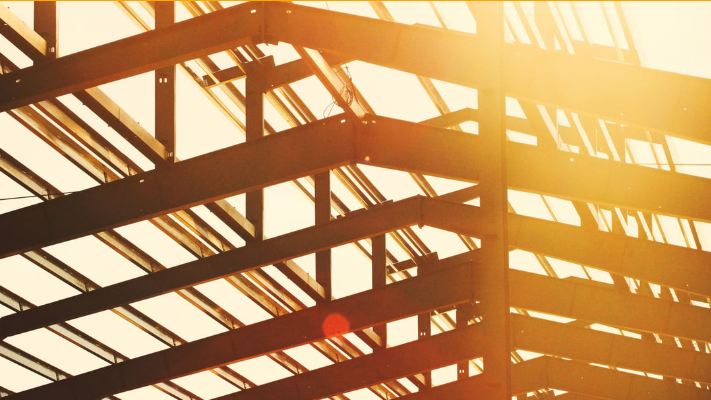Here are a few green initiatives that are already in place:
Metal Industries Create More Jobs
In 2017, the steel industry alone created almost 2 million jobs and produced $520 billion in economic output. Thankfully, the same companies that manufacture important stainless steel products, like stainless steel 316 (used for food and pharmaceutical processing, chemical containers, lab equipment, boat parts, and jet engine parts) and the ever-popular and utilitarian stainless steel 304, also think a great deal about environmental sustainability. For example, CDA, a manufacturer of CDA Steel, aluminum, and metal bars for structural purposes, takes part in WasteWise.
WasteWise is a program started and backed by the Environmental Protection Agency (EPA), requiring its “partners [to] demonstrate how they reduce waste, practice environmental stewardship and incorporate sustainable materials management into their waste-handling processes,” according to the program’s official website. In order to continue producing CDA steel and remain an active member of WasteWise, CDA must routinely submit the information above.
Emissions Are Going Down
Steel manufacturers, nickel manufacturers, and companies that produce and distribute different types of alloys are already doing their part. According to recent figures from the American Iron and Steel Institute (AISI), metal industries boast a 35% reduction in greenhouse gases since 1990. Similarly, the industry reduced energy use and intensity by 35%. Buildings reinforced with durable, steel frames to withstand environmental extremes like earthquakes and high winds and five-star safety rated vehicles also improve Americans’ quality of life while providing lasting structures that reduce the use of excess and/or unnecessary resources.
Alloys And Superalloys Allow For Specialization
To put it simply, small, specialized orders require fewer materials. The production of high-quality alloys, like CDA steel alloys, bronze alloys, copper-based alloys, or rolled alloys, is typically requested for specialized projects and applications. For that reason, manufacturers can produce and ship alloys that: fit non-standard sizes, contain relatively few pieces, or may be cut specifically to size. By producing highly specialized products, companies use fewer materials and energy, and release fewer emissions while doing it.
Circularity and Recycling
Finally, companies are doing what they can to expand their implementation and understanding of circularity and recycling. The World Economic Forum (WEF) explains, “A circular economy is one that is restorative by design, aiming to keep products, components, and materials at their highest utility and value at all times.” More and more often, creating this circular, restorative economy is at the heart of discussions in steel, aluminum, and metal manufacturing and distribution companies. That means manufacturers are discussing–and will continue to discuss–scrap metal, downstream recycling, reuse, and redesign. The WEF hopes to increase recycling and reuse to as much as 80-100% by 2050, a figure closely watched by the metal industry.
The metal industry is a vital part of our lives. A growing population means growing metal production. Thankfully, the manufacturers and distributors of popular metals, like stainless steel, CDA steel, and superalloys, are bumping up sustainability initiatives and doing their part for the environment as concerns grow.

